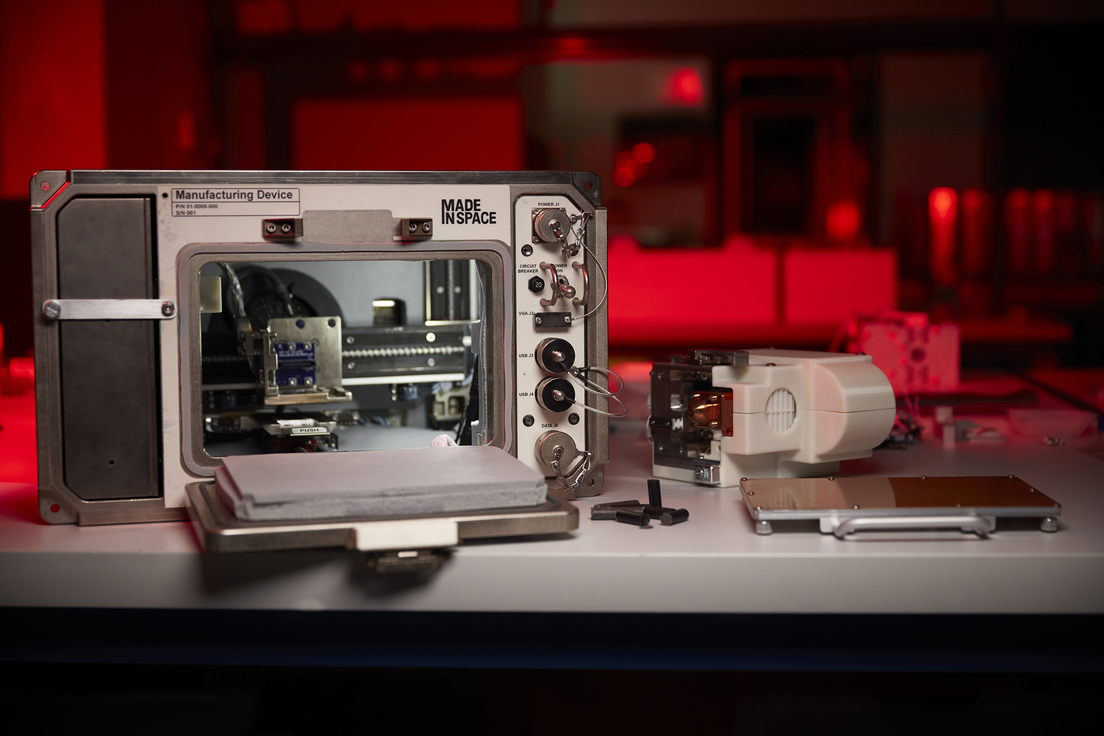Posted:
11 before 2021 14:06 GMT
The goal of the experiment is to observe the effects of weightlessness on microorganisms and to compare the behavior of samples on Earth with that of those sent into space.
The International Space Station (ISS) is preparing to receive an unusual visitor: “Physarum polycephalum,” better known as “blob.” A fluffy, yellow-colored organism that has fascinated biologists for years for its peculiar properties, it entered orbit on August 10 to be part of a learning experiment led by French astronaut Thomas Pesquet.
The “dot” appeared on Earth more than 500 million years ago. Since its discovery, it has caused many headaches in the scientific community, because it lacks a mouth, legs, and brain, but is able to eat, grow, move and even learn. Although it was initially considered a fungus, in the 1990s it was removed from that kingdom and incorporated into the group of amoebas to which amoebae belong.
The “blobs” sent to the ISS are in a state of dormancy called sclerotia (which the body adopts so they don’t die of dehydration), but as of next fall they will be revived with a little water. In parallel, hundreds of students between the ages of 8 and 17, under the direction of the French National Center for Space Studies (CNES), will reproduce the experiment on Earth. Your teacher will receive a set with between 3 and 5 sclerotia and a learning guide to implement the project.
The primary goal is to monitor the effects of weightlessness on microorganisms and to compare the behavior of samples on Earth with that of those sent into space.
“Today no one knows what his behavior will be [situación de] Microgravity: in which direction will it move, if it will take the third dimension upward or indirectly”, He said Pierre Ferrand, one of the project’s engineers and professor of life and earth sciences at the French National Center for Space Studies.

Blobs specialist Audrey Dussautour, of the Center for Research on Animal Cognition in Toulouse, southern France, said she was “excited to see if it would evolve into stilts.”

Physarum polycephalum calls into question some scientific theories, so the experiment is expected to lead to many discussions in class.
“For example, in cell theory, which is one of the oldest theories, it is said that every cell divides into two cells. With ‘blob’, this does not work, because it is one cell that grows without ever dividing,” he explained. Ferran added, “while Most beings use two genders, the ‘point’ has more than 720! It is a ‘drawer’ organism that tells us that life is made up of many primordial origins.

“Beeraholic. Friend of animals everywhere. Evil web scholar. Zombie maven.”
